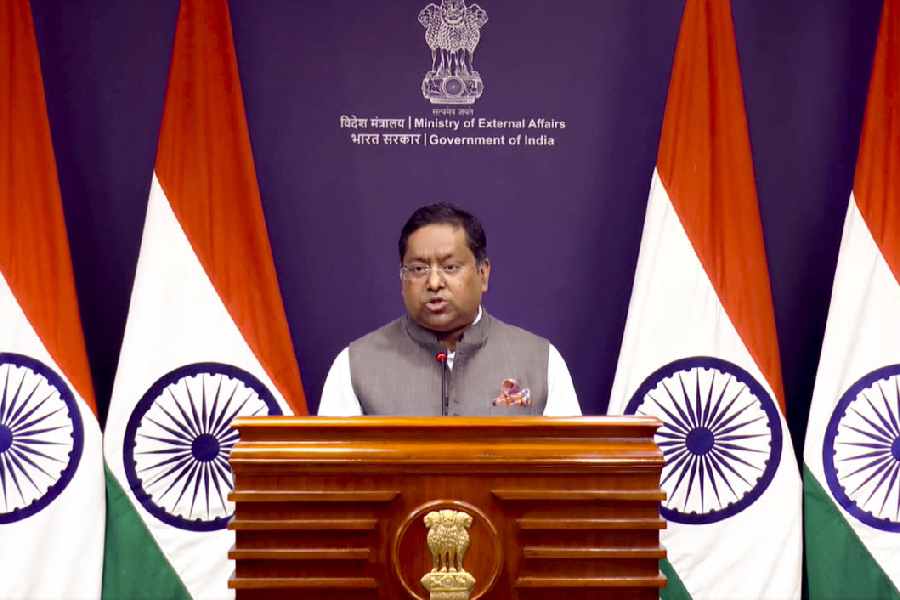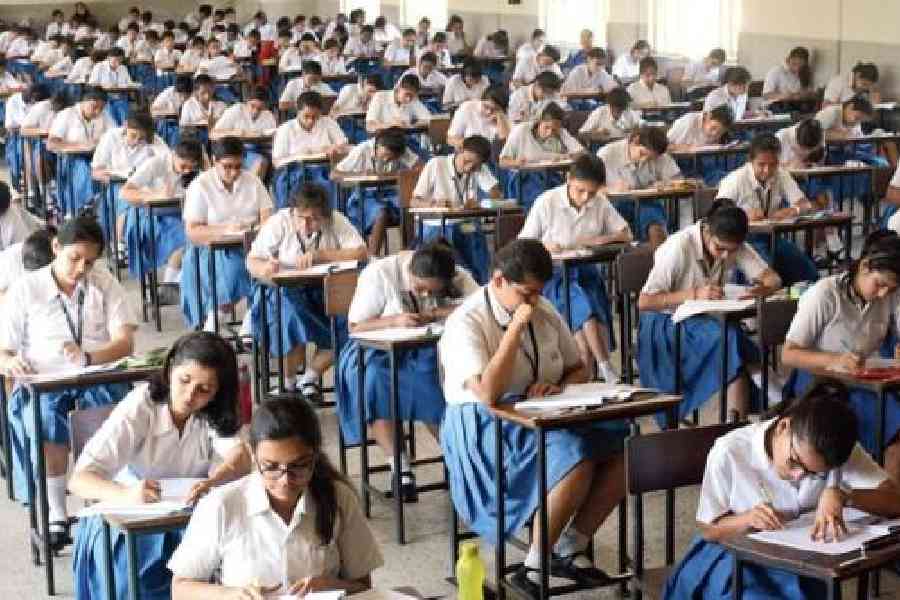 |
| Designs of (from left) the Shakuna Vimana, Rukma Vimana and Sundara Vimana mentioned in the text of the Vymanika Shastra |
New Delhi, Jan. 6: Designs of what have been claimed as ancient Indian aircraft and attributed to a Sanskrit text could never yield flying machines, aerospace engineers who had analysed the text four decades ago have said.
The aerospace engineers in Bangalore are among sections of scientists and science policy analysts piqued that the Indian Science Congress 2015 conference in Mumbai had earlier this week accepted a presentation titled “ancient Indian aviation technology.”
The presentation mentioned aircraft claimed to have been described in an ancient Sanskrit text called the Vymanika Shastra, that Sanskrit scholars say had been written by Maharishi Bharadwaj during the Vedic period — sometime between 500 BC to 1500 BC.
But a five-member team of aerospace engineers at the Indian Institute of Science, Bangalore, had spent nine months during 1973 and 1974, trying to trace the origin of various versions of the text, talking with Sanskrit scholars and analysing the aircraft designs.
The team, which included specialists in aerodynamics, structures and propulsion, had analysed diagrams and descriptions of four aircraft mentioned in the text — Shakuna Vimana, Sundara Vimana, Rukma Vimana, and Tripura Vimana — and found that none would be able to fly.
“None of the planes has capabilities of being flown, the geometries are horrendous from the point of view of flying and the principles of propulsion (would) make them resist rather than assist flying,” the engineers had written in a paper on their analysis published in 1974.
Their analysis of the description of Sundara Vimana — which the text claims was powered by electricity generated by several materials, including donkey’s urine — revealed what the engineers said were violations of Newton’s laws of motion.
A section of the text says: “the fast movement of the plane takes place in the same direction in which the jet gets out of the shundala (a pipe)” — violating Newton’s third law.
“We had been driven by intellectual curiosity,” Suresh Deshpande, former professor of aerospace engineering at the IISc, told The Telegraph in a phone interview today. “All we can say was that whoever wrote this text had fertile imagination.”
The presentation on the Vymanika Shastra at the Science Congress has triggered a controversy with sections of scientists questioning the decision to allow something unsubstantiated to be facilitated by a scientific conference.
“While India has had a rich historical tradition of mathematics, metallurgy and medicine, there is absolutely no evidence that any such aircraft ever existed,” said Roddam Narasimha, professor in the engineering mechanics unit at the Jawaharlal Nehru Centre for Advanced Scientific Research, Bangalore.
“Technology does not disappear without any trace,” Narasimha, who had not been associated with the critical analysis of the Vaimanika Shastra, told this newspaper.
“We have abundant archaeological evidence for our ancient feats in metallurgy —from the Iron pillar in Delhi to Tipu Sultan’s rockets to surgical instruments by Sushruta. But we have to conclude that the ancient aircraft represented only imagination.”
Hansoge Mukunda, a specialist in propulsion and a member of the team that had analysed the designs in the text, said the drawings they had examined appeared to have been drawn by an engineering student in the early 1900s.
Their discussions with the publishers and Sanskrit scholars familiar with the text suggested that the drawings had been made by “Shri Ellappa” who was familiar with the names and details of some machinery.
Science policy analysts have decried the decision by India’s science agencies which provide funding support to the Science Congress for allowing the presentation on ancient aircraft at the conference.










